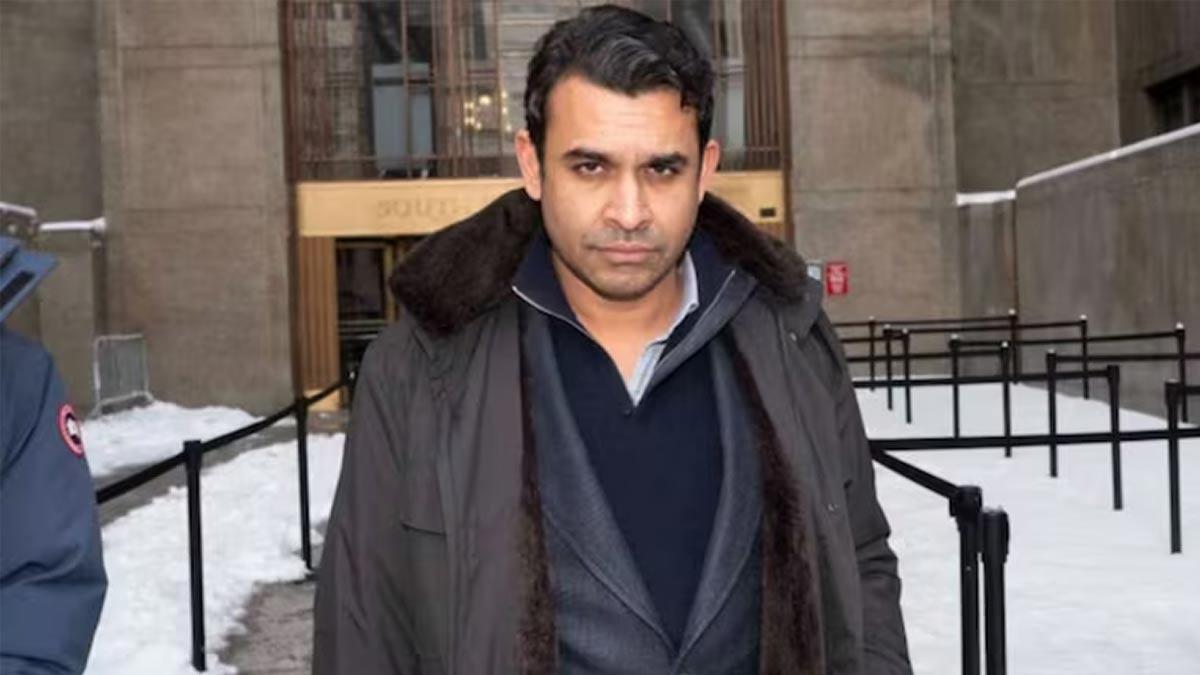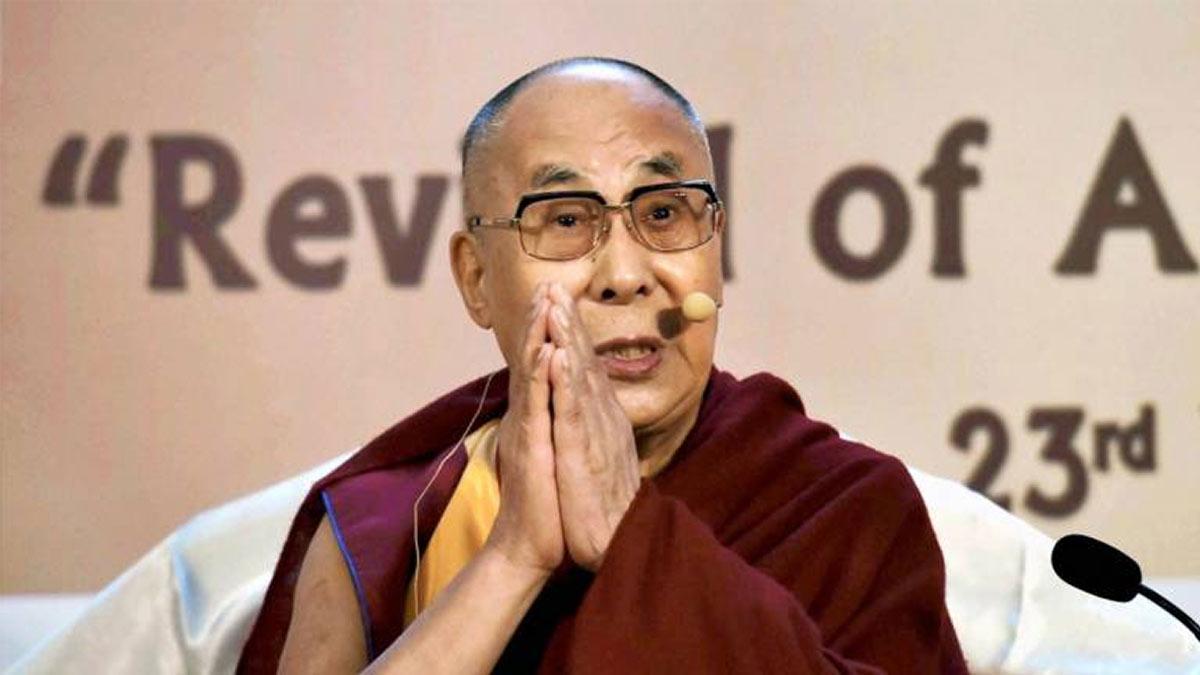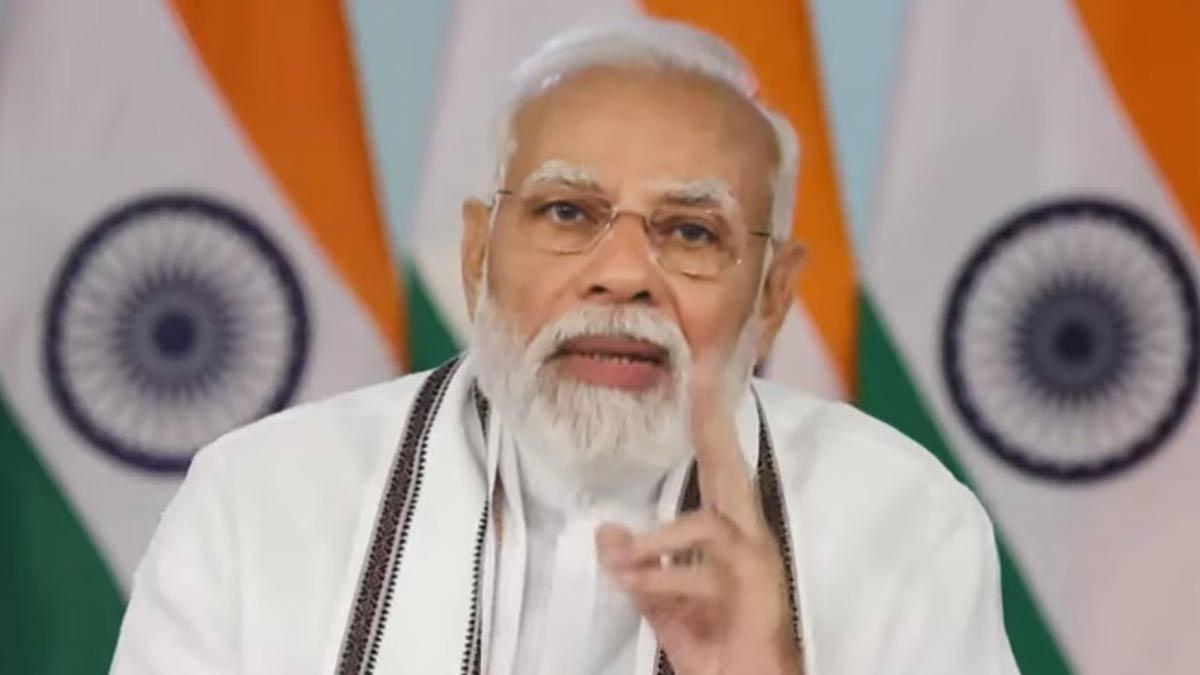The second wave of Covid-19 in India has rattled the country as new cases are breaking all previous records with each passing day. An unseen sight until now, India has been recording the world’s highest ever coronavirus cases daily. With dead bodies piling around the crematorium grounds, people are wondering what has made the second wave more lethal than the previous one.
This surge in COVID cases and the second wave itself is being attributed to a variant of the Coronavirus named B.1.167. This strain is definitely more severe and transmissible than the previous strain. However, not everything is in black and white right now, according to the experts.
This strain has been traced in Indian cities like Delhi and Mumbai where hospitals and covid care centres have run out of oxygen due to its overwhelming demand. In fact, the entire health infrastructure has crumbled as the number of new infections has surpassed all anticipation. To make things worse, the supportive injections and medicines – Remdesivir and Fabiflu-- which are being prescribed by the doctors to keep the patient afloat are being traded for hefty money in the black market leaving the patients in a helpless situation.
Here are top 10 facts about the ‘Indian strain’ of Covid-19 that is making the second wave almost fatal:
1. The new COVID strain, found in India is named B.1.167. The B.1.617 variant carries two mutations- E484Q and L452R- which are separately found in many other coronavirus variants. However, they have been reported together for the first time in India.
2. This variant contains two key mutations to the outer "spike" portion of the virus that attaches to a human cell.
3. It has been graded as the ‘variant of interest’ by WHO, which seems optimistic, considering the fact that they graded the UK version, named B.117, which gained a lot of prominence during late 2020 as ‘variant of concern’.
4. The Indian strain counts several sub-lineages with slightly different mutations and characteristics
5. That label would indicate that it is more dangerous than the original version of the virus, for instance being more transmissible, deadly or able to dodge vaccine protections.
6. The explosion in infections in India — 350,000 new cases were recorded in the country on Tuesday alone — has driven a surge in global cases to 147.7 million.
7. The World Health Organization (WHO) said the predominant lineage of B.1.617 was first identified in India last December, although an earlier version was spotted in October 2020.
8. Meanwhile, it is still unclear if this strain is the main reason behind the surge in the subcontinent.
9. The WHO says more study is urgently needed. Laboratory-based studies of limited sample size suggest potential increased transmissibility, it concluded.
10. However, vaccines may be protective. White House chief medical adviser Anthony Fauci said earlier this week that preliminary evidence from lab studies suggest Covaxin, a vaccine developed in India appears capable of neutralizing the variant.


















